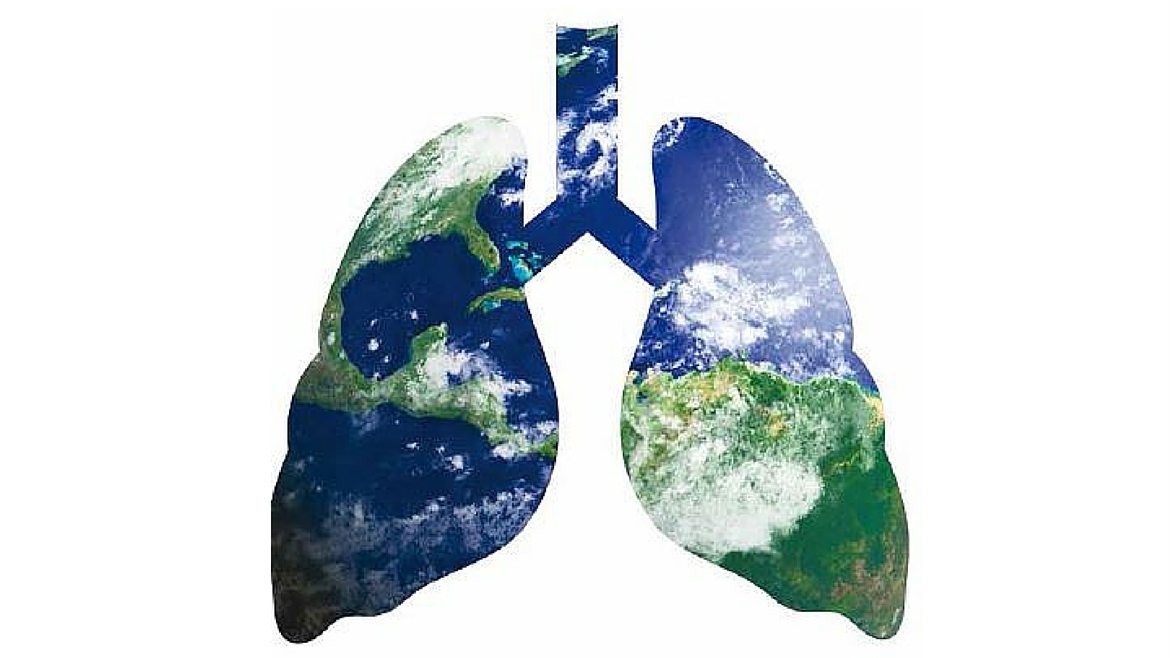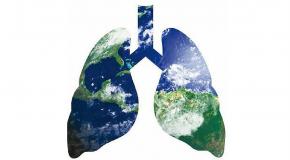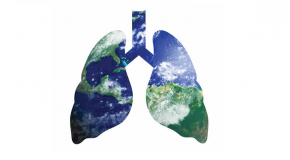Tuberculosis (TB) is the second-biggest single infectious killer—after HIV/AIDS—on earth, causing the death of 1.3m people in 2012 (the latest year for which figures are available). This toll—2% of global mortality—continues despite a cure existing for nearly 70 years and heightened global efforts against TB going back two decades. Mark Dybul, executive director of the Global Fund to Fight AIDS, Tuberculosis and Malaria puts the issue bluntly: “we have the tools to end TB as a pandemic and public health threat on the planet, but we are not doing it.”
Now the World Health Organisation (WHO) has approved a new "Post-2015 Global Strategy and Targets For Tuberculosis Prevention, Care and Control”, which calls for the incidence of TB to be reduced to fewer than ten cases per 100,000 population by 2035 and for the number of deaths to be cut by 95%. Such a shift will require health systems to make dramatic progress that has so far eluded them. This Economist Intelligence Unit report, supported by Janssen, draws on interviews with 17 public health officials, funders, academic and medical experts, researchers, and activists as well as on extensive desk research to consider the state of the TB challenge, barriers to further progress, and how efforts need to evolve. Its key findings include the following.
Despite important successes, progress against TB is still slow and significant weaknesses remain. On the positive side, the WHO estimates that increased efforts against the disease have saved 22m lives since 1995 and helped to reduce the mortality rate from TB by 45% since 1990. On the other hand, nearly one-third of estimated new cases of TB went undiagnosed in 2012. More generally, prevalence and, in particular, incidence figures have been slower to come down than mortality, and much of the drop in the former may have resulted indirectly from economic development rather than directly from better TB control.
Drug-resistant TB has become a public health crisis that is receiving too little attention and shows up failings in current efforts. Drug-resistant tuberculosis accounted for 5% of all new TB cases globally in 2012 and 13% of deaths. In certain regions, especially Eastern Europe and Central Asia, the problem is particularly acute: in the Russian Federation, for example 23% of new cases and 49% of retreatments are for multi-drug-resistant (MDR) TB—strains that have immunity to the most common anti-TB drugs. Under one-quarter of people worldwide with these strains of the disease, however, are properly diagnosed and fewer still receive the necessary treatment. Largely a man-made problem, drug resistance is a sign of multiple failings in TB control. It develops initially because patients do not, for a variety of reasons, complete their course of medication successfully (an ongoing problem, with 13% failing to do so in 2012) or are given inappropriate drugs. The spread of the drug-resistant strains to new patients by direct infection, however, also reveals deficiencies in case finding and drug-susceptibility testing by TB programmes.
To date, TB efforts at various levels have often suffered from a lack of compelling ambition and interest. As Dr Neil Schluger, chief scientific officer of the World Lung Foundation and chair of the Tuberculosis Trials Consortium, states, there is “a tendency [among policymakers and the public] to think of TB as background noise. It still kills a lot of people but doesn’t seem to have a sense of urgency around it.” This affects efforts against the disease in a number of ways: national TB programme goals sometimes aim to treat only a proportion of those presumed to be ill; funding for TB programmes globally falls short by more than US$1bn annually and donor fatigue is a growing risk; moreover, research into new drugs and diagnostics has been slow, with funding in this area even declining. It remains to be seen whether the new WHO targets will galvanise efforts.
A high level of stigma still affects those with the disease and hampers efforts against it. Worldwide, the association of TB with poverty has created negative feelings towards those who develop the active form of the disease. Blessina Kumar, chair of the newly formed Global Coalition of TB Activists (GCTA), explains that “people don’t realise how bad the stigma and discrimination around TB is …. [they] are worse than the disease.” This not only exacts a high emotional cost from individuals, it can lead them to delay seeking treatment, allowing the disease to spread. Stigma can also negatively affect the way that patients are treated by care providers. Even some supposedly technical medical terms—such as “defaulter” for someone who fails to complete treatment—have negative connotations. More broadly, several experts interviewed for this study point to stigma as a likely explanation for the sometimes weak response to TB by health systems.
Efforts against TB remain overly provider-centred and set apart from health systems. The diagnosis and treatment of those with TB under the Directly Observed Treatment, Short Course (DOTS) strategy (long the core of anti-tuberculosis efforts) has been based on patients who feel ill coming to clinics for testing and, if found to have the disease, treatment. Although inexpensive, this approach misses a large number of cases and does not take account of the psychological and social needs of patients that might impede them from beginning or finishing their treatment.
Improved success against TB will require changes on a number of levels. Further progress against TB is essential, but will mean new strategies that address current weaknesses while not throwing away gains to date. These include the following.
- Finding and treating people where they live. To find the nearly-3m new cases of TB every year, health systems in countries with a high incidence of TB need to look across the entire population, and even those with a lower prevalence have to find better ways of going into, and working with, sometimes marginalised populations.
- Taking TB control out of existing silos. TB needs to treat the whole person, including addressing common co-morbidities such as HIV/AIDS, and co-ordinating public and private health provision.
- Harnessing cost-effective technology. Although progress in the field of TB remains frustratingly slow, new tools available today—both medical and non-medical—have the potential to transform treatment.
- Raising the profile of TB: Perhaps most important, activists and other stakeholders must find better ways to elevate national and global ambitions to deploy the tools at hand with sufficient intensity to make more rapid progress against this disease.








